Merida’s new road e-bike range: all you need to know
Merida has launched a range of electric road bikes, we take a look at the collection and speak to the product manager about the R+D behind these bikes
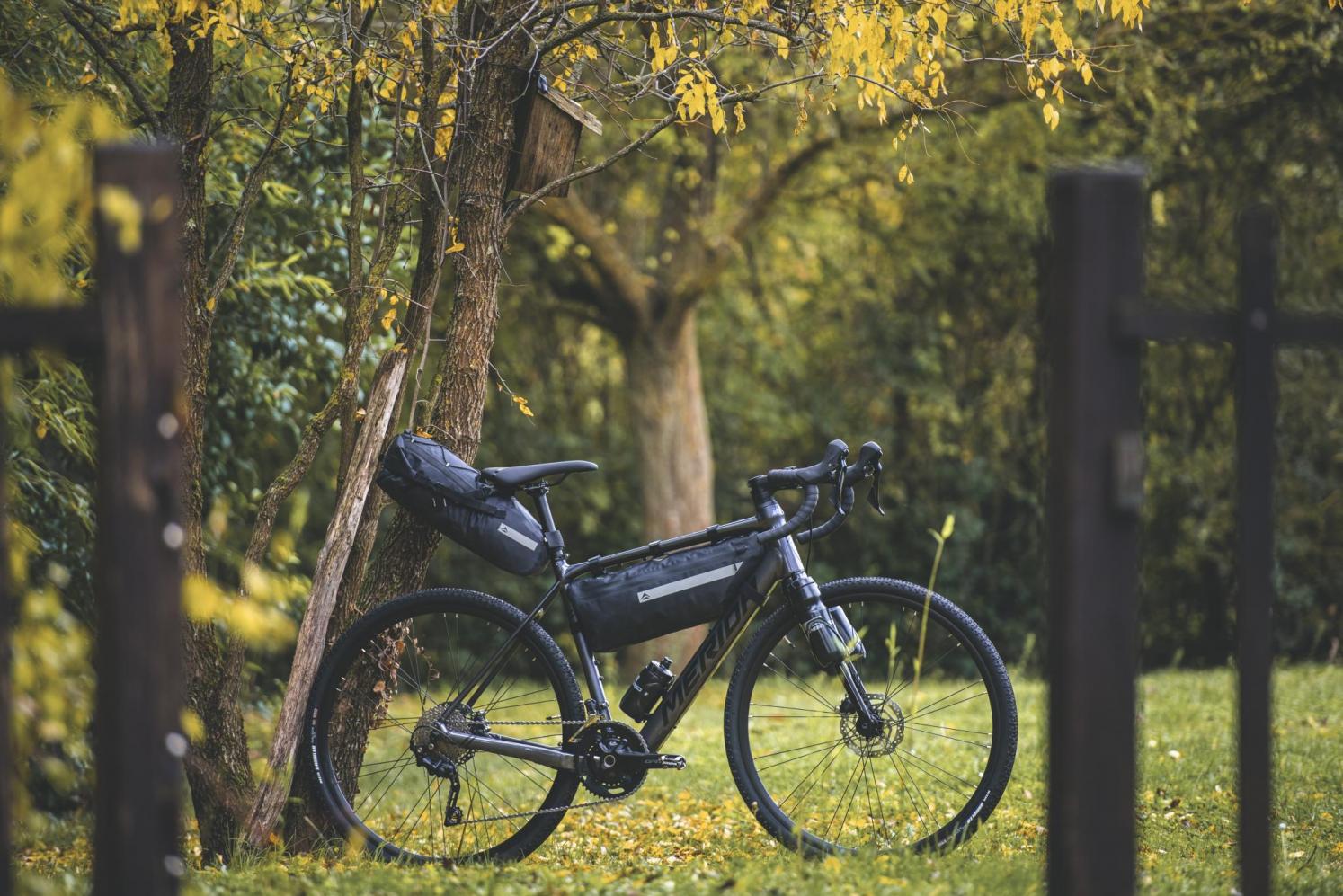

Promotional feature with Merida
Lightweight and versatile, Merida’s electric bikes offer something for every road rider
Merida has launched a range of electric road bikes, with the drop bar eScultura, the flat bar hybrid eSpeeder and the eSilex gravel bike. We’ve taken a look at the new range, which Merida is celebrating with videos of each bike in action.
We’ve also talked to Merida’s R&+D department, to find out more about the new bikes and what they offer to riders looking to make their first electric bike purchase.
Merida eSilex
The eSilex is Merida’s electric gravel bike, designed to take you on that adventure just a little bit further and over more challenging off-road territory, like the trip through Tuscany and onto the famed strade bianche in Merida's video.
https://www.youtube.com/watch?v=nW1s7wQLpyI
Once you’re off the tarmac, climbs and descents are often steeper and trickier. You’ll often have to tackle uphills in the saddle to keep your pedalling smooth and maintain grip, so the smoothly delivered 250 watts of extra power from the Mahle X35+ motor is ideal to help keep the pedals turning.
The eSilex’s motor helps you keep going on road too with a wide gear range, so those longer rides on hillier routes are in reach. For bikepackers, there are plenty of mounting points for luggage, both on the frame and on the legs of the gravel-specific all-carbon fork.
There’s a choice of two specs, with versatile 2x10-speed Shimano GRX gearing with 700C wheels and 40mm tyres on the e-Silex 400. The eSilex+ 600 takes things a bit further off-road with a GRX single ring 11-speed groupset and 47mm Continental Terra Trail tyres on 650B wheels.
Merida eScultura
The eScultura makes use of the Mahle motor’s sleek integration for a shape that’s hard to distinguish from a pedal-powered bike. It rides like a normal bike too once you’re travelling at over 25kph or under your own power There’s the fine-tuned extra assistance to help you crest hills more easily and the 13.4kg weight means that you don’t lose the lively ride feel that road riders love.
Merida’s video of the eScultura in action gives you a lot more detail about the bike’s characteristics and performance.
https://www.youtube.com/watch?v=k--F9Kjfdf8
Like many modern bikes, there’s internal cable routing in the frame and hidden cabling through the bars and stem, for a clean look. You can fit mudguards and a rack while still enjoying the smooth ride offered by the 32mm Maxxis tyres, making the eScultura a good option for commuting as well as leisure use.
Merida eSpeeder
Finally, the eSpeeder flat bar e-bike gives you the extra support that you need to get around town more easily, like Merida’s video set in Hamburg, or to take to the open road at the weekend.
https://www.youtube.com/watch?v=-Bv0MVm0g1Y
The top spec eSpeeder 400 EQ comes kitted out with a rack, mudguards, a kickstand and Lezyne lighting, so it’s all ready for the commute, while the 200 spec is trimmed down for ultimate versatility.
In town, the power on tap lets you get away quickly at junctions and lights and move with the traffic, while out of town it lets you crest rises more comfortably. There’s no bulky external battery to the eSpeeder either, so it has the looks of a normal hybrid commuting bike.
Merida’s take on its new road e-bike range
We talked to the product manager for the e-road bikes at Merida, Hannes Noller, to find out a bit more about the new range, who it’s for and the thinking that went into the development of the new electric road bikes.
Who do you see buying your road e-bikes?
Cyclists who want/need a sufficient and well-controlled amount of pedalling support during their rides. At the same time, they do not want a heavy and bulky e-bike that is difficult to pedal without additional support.
These riders often look for the possibility of getting support on steeper climbs, when the ride is longer than expected when they experience prevailing headwind, or simply want to keep up with stronger riders.
What are the benefits to a buyer?
With the Merida road bike platform, the buyer gets a very versatile e-road bike platform that can be used for sportive road rides, commuting (with fenders attached to the bike), or even off-road biased adventure riding with wider and more profiled tyres.
The Mahle system offers support when and where needed without adding unnecessary bulk to the bike or impacting the sleek silhouette of the bike.
What have you looked to do differently with the road e-bike range? What are the key differentiators for the range?
The most noticeable differences within the three different bike categories, we represent with our e-road bike platform, is the fork. For eScultura and eSpeeder we use a lighter and cleaner looking fork. As for eSilex we use a fork with mounting points for bags or water bottles.
Besides the fork the specification is tailored to each category, road bike components for e-road bike, gravel components for eSilex and a full EQ Kit with fender and lights for the urban bike eSpeeder.
The most significant difference in riding feel between the categories comes with the different motor maps that are installed on the drive unit. That means that the support characteristics for each application are different. In the end, the right motor characteristics make every bike ready for its field of use.
How do you go about designing an electric bike? What's different from designing a pedal-powered bike?
Similarities in the development process are that we wanted to achieve the best riding feel and experience for the rider. It doesn't matter if it's a human-powered bike or an e-bike. The differences come up when it comes to the integration of the whole system. Our main goal is to implement the e-bike system as cleanly as possible to give the bike a slim and elegant appearance.
A significant difference in terms of development is the focus on testing. The test requirements of an e-bike are much harder than for a human-powered bike. We have to consider the higher weights of the bike and the different requirements for e-bikes in our development process which make the whole process more complex.
You've used the same frame and motor for three very different bikes. Can you explain the challenges in tailoring them to different uses?
The biggest challenges were developing a frame with a geometry and features that suits all three bike categories. In terms of geometry, we use the geometry of our well-known human-powered comfort gravel and adventure bike, the Silex as a base and adjust that (through the choice of tailored specification) to our target group's needs.
Furthermore, we use different forks for different riding applications. For example, the eSilex fork has mounting points on the fork, and the fork for eSpeeder has hidden fender mount bolts.
There are a lot of different motor systems available. Why did you choose the Mahle one for your road e-bike range?
After testing some of the various engine systems available for e-road bikes, we concluded that Mahle has the best package for our purpose. The hub motor system is perfect for building a bike with a sleek appearance that is not easily recognised as an e-bike. The low weight and simplicity of the system were also contributing factors to go for the Mahle system.
Besides the price, form factor and natural riding feel, the super-strong Mahle ebikemotion app was an additional reason for choosing this system. With the app, you can control the bike settings and battery level; you can also track and record all necessary riding data and load it to the Mahle platform or other training apps like Strava.
Furthermore, the Mahle system provides the possibility to adjust the motor characteristics to the three different bikes' requirements. For example, the eSilex (our gravel bike) has different riding characteristics within the three support levels to the eSpeeder (urban bike) and eScultura (road bike). This feature further underlines the differences between the three bike models.
What sort of range can a user expect? What if they want to go further?
Due to the lightweight and the light rolling tyres, it is effortless to pedal over the 25kph threshold. Therefore, the range can be very impressive for a 250Wh battery. On a moderate to light profiled route, the lowest support level range can easily be over 100km. In comparison, the range on the highest support level is around 50-60km.
If the rider wants to go even further the Mahle system can be equipped with a 208Wh range extender that can easily be mounted on the down tube to give the rider some extra miles on the bike.
Why use a different motor from that in Merida's extensive e-MTB and e-city bike ranges?
To design a lightweight and sleek-looking e-road bike, the motor system requirements are quite different, especially compared to an e-MTB. The key element is the weight. With its fully integrated battery and small rear hub motor, a much lower bike weight can be achieved with the Mahle system compared to a mid-drive engine from Shimano with a bigger integrated battery.
Another reason is the centre of gravity. For an e-MTB a low and central centre of gravity is essential and offers the rider a more controlled and natural riding experience. For e-road applications, the centre of gravity is not that important. Therefore, the hub engine is no disadvantage in this kind of bike.
A different approach for us was also to reach a lower price point. The whole Mahle system is less expensive, and in connection with the aluminium frame, we can achieve an attractive price point for a 'good value for money' e-road bike.
Other than the motor, what are the other key design features of the road e-bike range?
The main goal of the development was to create three different bike applications with one frame platform. This challenge was to develop a frame platform that can suit all three types of rider- (road bike rider, gravel bike rider and urban/city bike rider).
With this goal in mind, we have some key features:
- One frame – three different bikes (only the fork is different in between the models)
- Well balanced endurance road geometry
- Full cable integration to achieve a clean and stylish cockpit
- Tyre clearance for up to 40mm wide tyres with fender
- Range extender mounts on the down tube
- Mounting points for two bottles plus range extender in the front triangle
- Ability to fit fenders and a rear rack
- Easy to operate iWOC control unit on the top tube

Thank you for reading 20 articles this month* Join now for unlimited access
Enjoy your first month for just £1 / $1 / €1
*Read 5 free articles per month without a subscription

Join now for unlimited access
Try first month for just £1 / $1 / €1
Get The Leadout Newsletter
The latest race content, interviews, features, reviews and expert buying guides, direct to your inbox!
Paul started writing for Cycling Weekly in 2015, covering cycling tech, new bikes and product testing. Since then, he’s reviewed hundreds of bikes and thousands of other pieces of cycling equipment for the magazine and the Cycling Weekly website.
He’s been cycling for a lot longer than that though and his travels by bike have taken him all around Europe and to California. He’s been riding gravel since before gravel bikes existed too, riding a cyclocross bike through the Chilterns and along the South Downs.
-
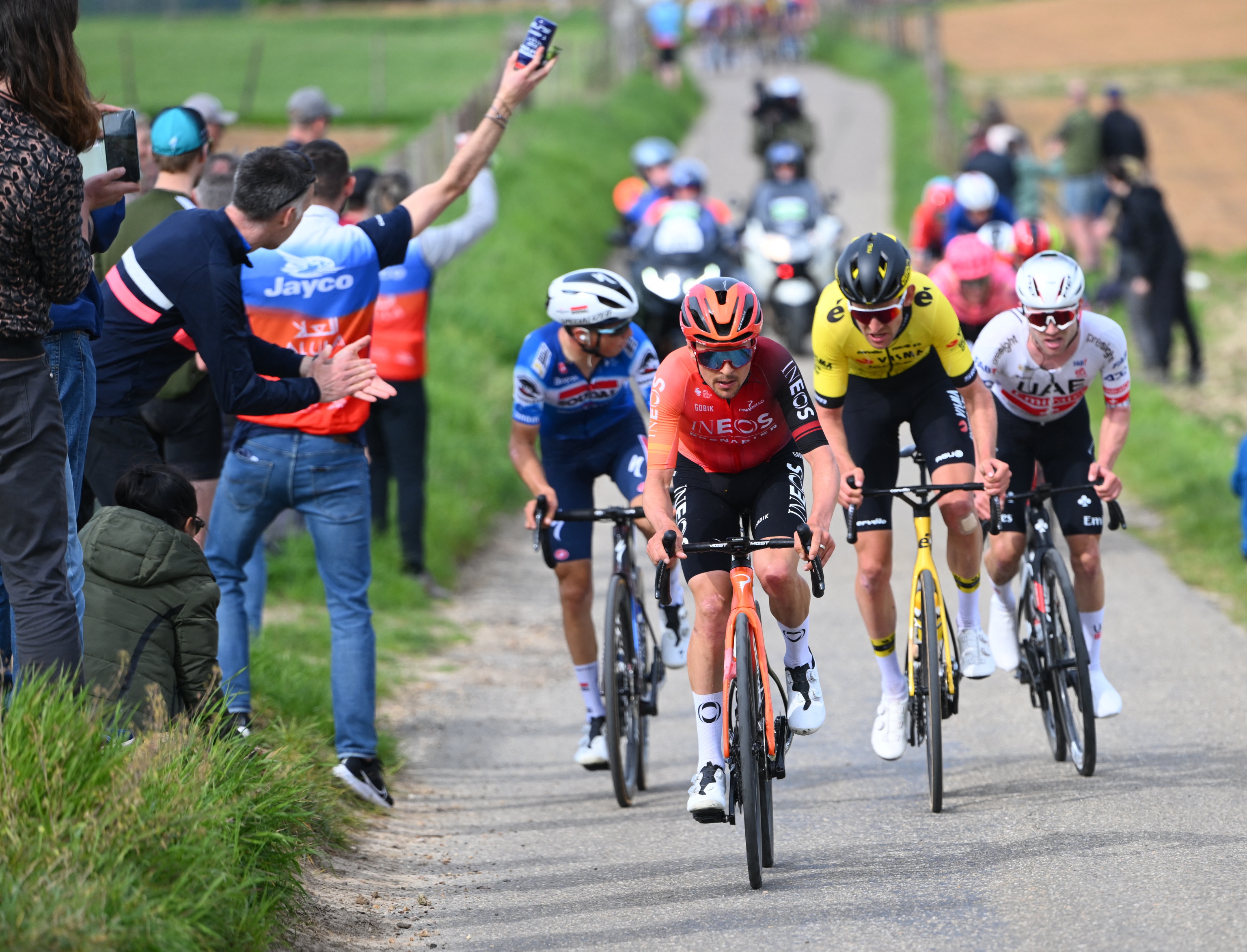 How to watch the Amstel Gold Race 2025: Everything you need to live stream the Dutch Classic
How to watch the Amstel Gold Race 2025: Everything you need to live stream the Dutch ClassicAll the broadcast information for the first of the Ardennes Classics on 20 April with Tom Pidcock – here's how to watch Amstel Gold Race online and on TV.
By Adam Becket
-
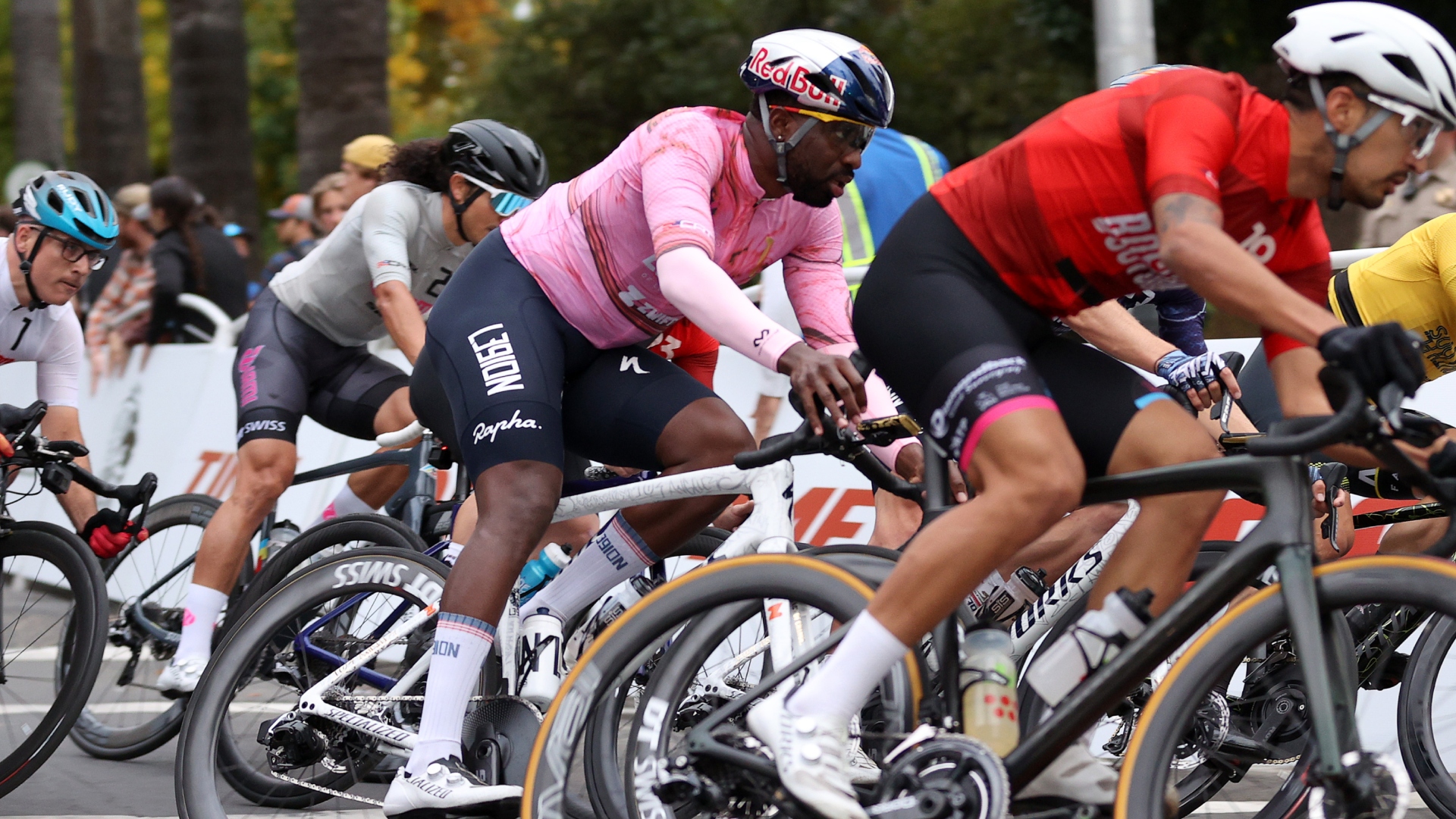 Can you make a living as an American domestic road racer? A look inside the part-time professionalism of the American road peloton
Can you make a living as an American domestic road racer? A look inside the part-time professionalism of the American road pelotonAfter decades of booms and busts, the American road scene finds itself in a fragile place. We spoke to riders to understand the reality of chasing the dream on home soil
By Logan Jones-Wilkins
-
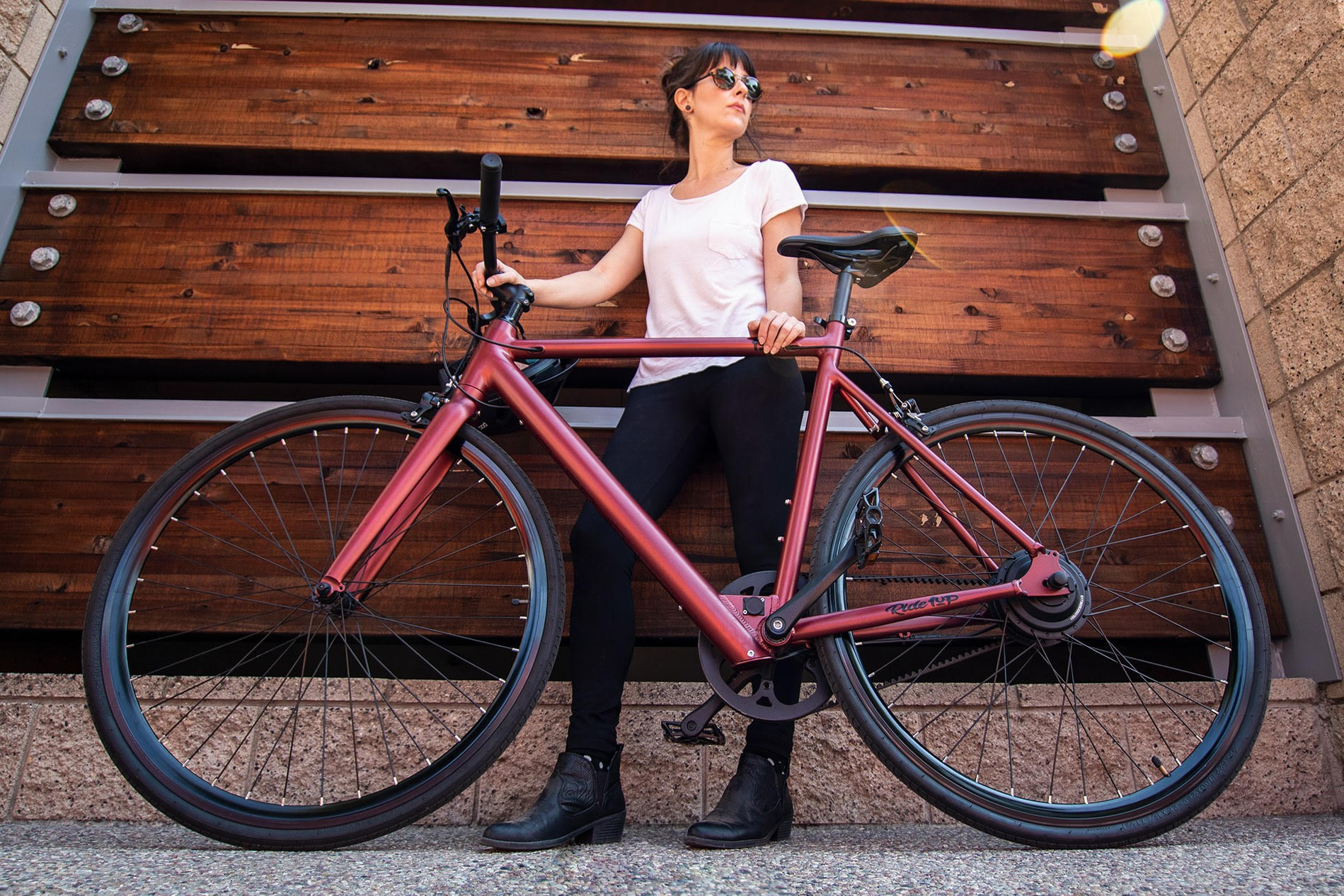 Enter for a chance to win an electric bike from Ride1UP
Enter for a chance to win an electric bike from Ride1UPSponsored A super-stylish Roadster e-bike up for grabs from Ride 1UP for one US-based reader
By Cycling Weekly
-
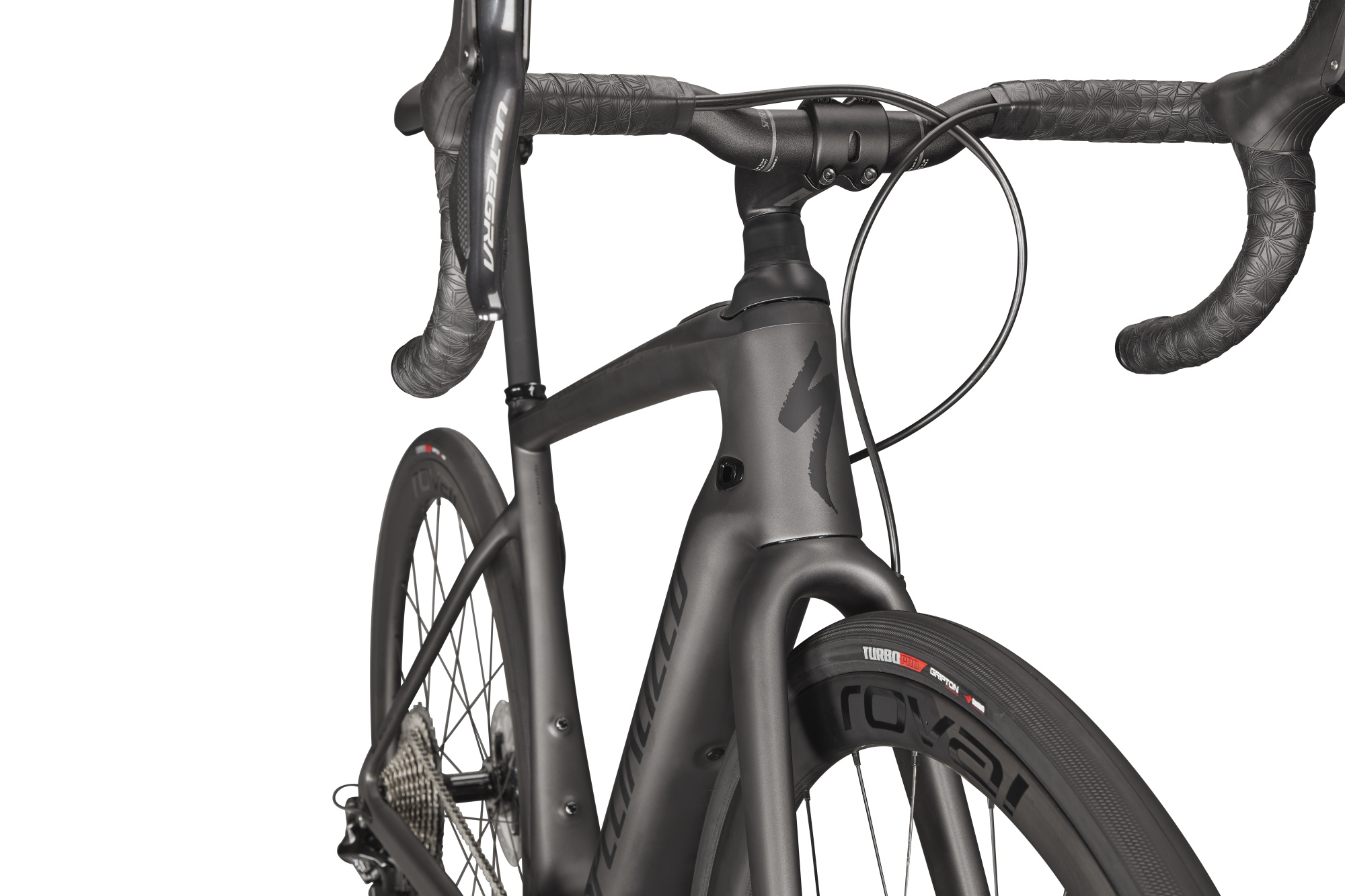 Here's how you can win a Specialized Turbo Creo SL worth £7500!
Here's how you can win a Specialized Turbo Creo SL worth £7500!This sleek, high performance e-bike worth £7500 could be yours by entering our free competition
By Paul Knott
-
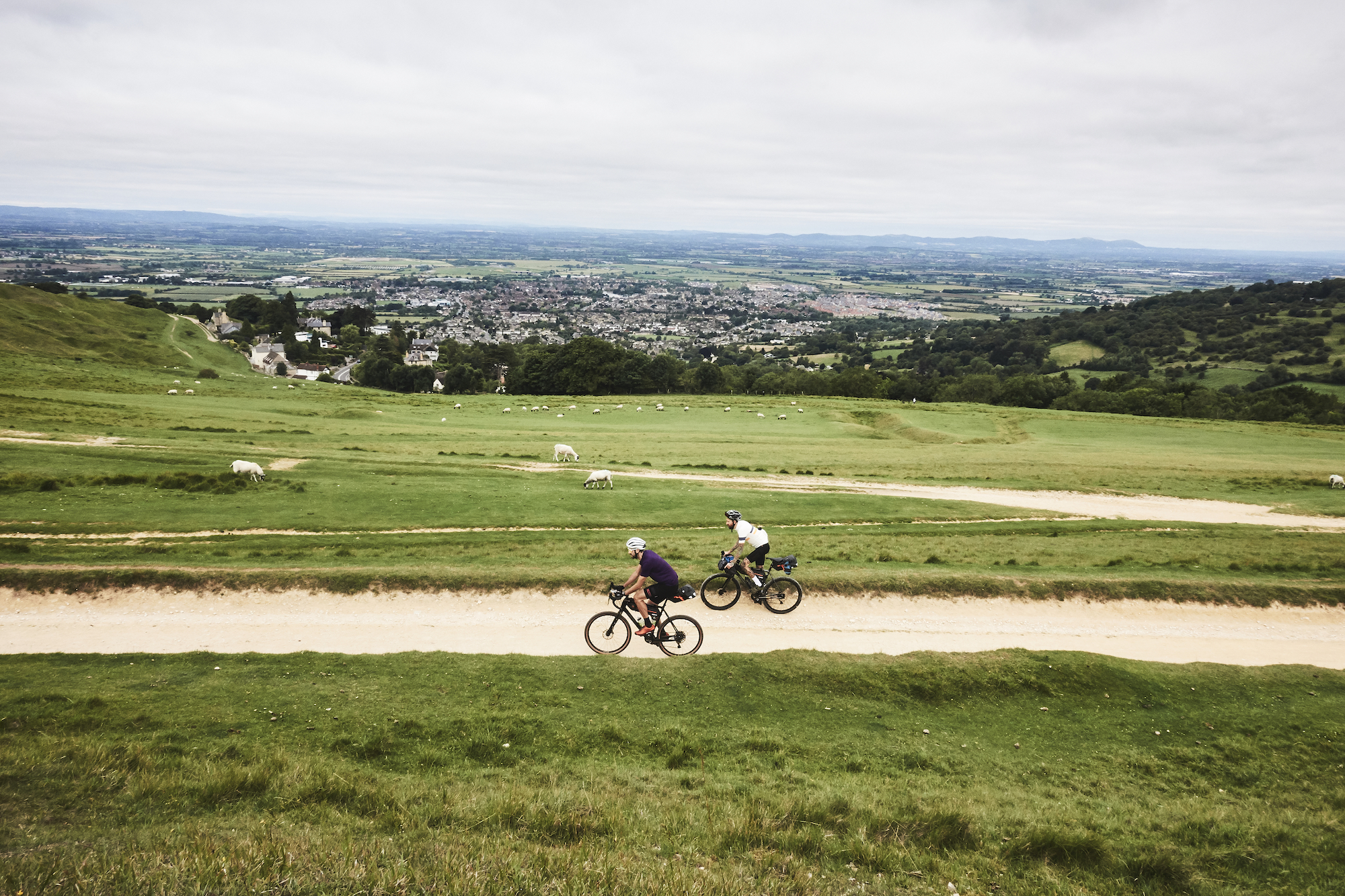 How to upgrade your riding routes
How to upgrade your riding routesKnow the feeling? It could be on a blistering hot sunny day in the fields, a snowy epic over the hills, or on a dawn blast around deserted city streets.
By Alex Ballinger
-
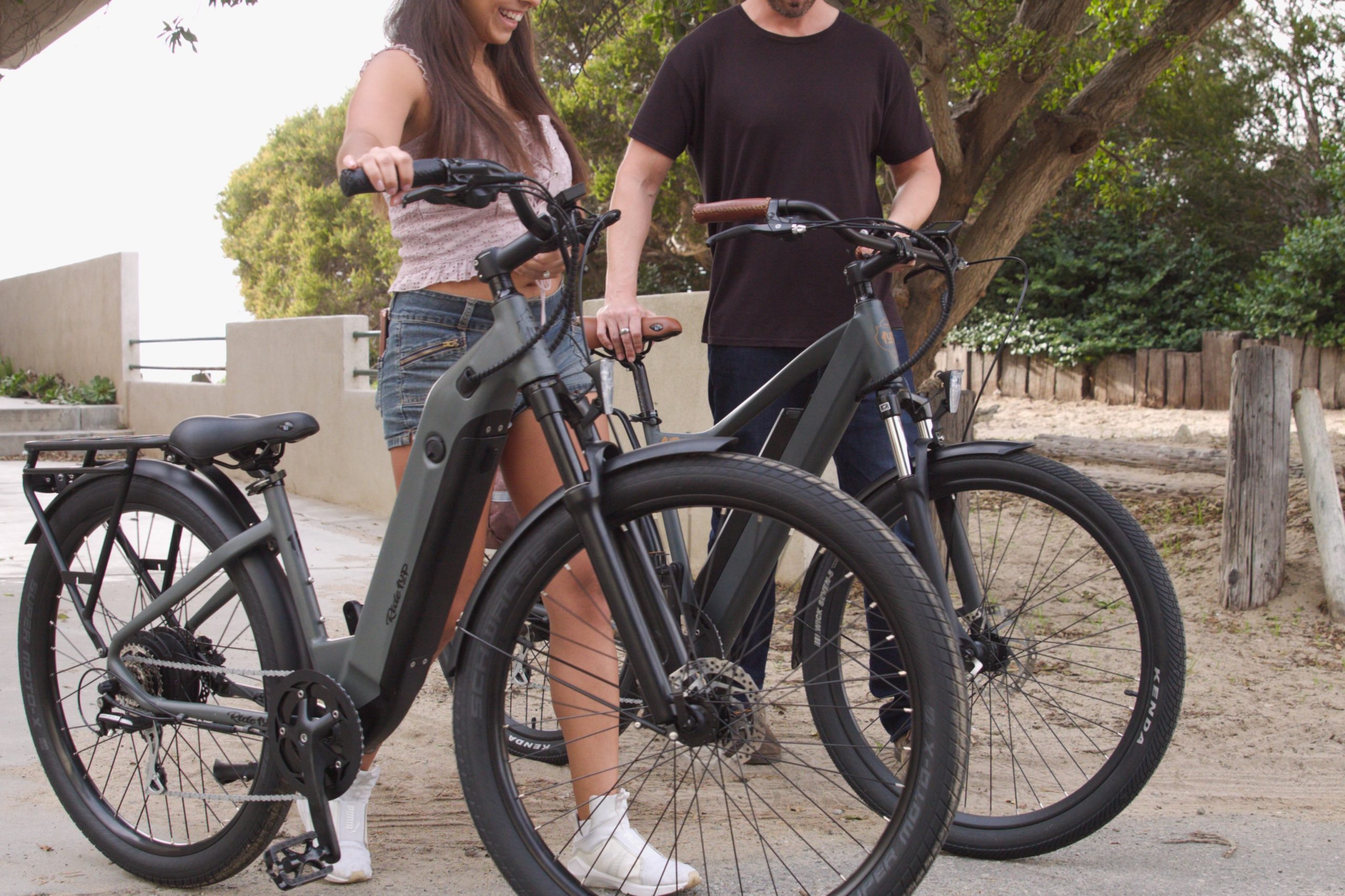 Why it’s time to invest in an eBike: stop sweating over high prices
Why it’s time to invest in an eBike: stop sweating over high pricesUS-based Ride1UP makes your money work harder [than you ever will]
By Paul Norman
-
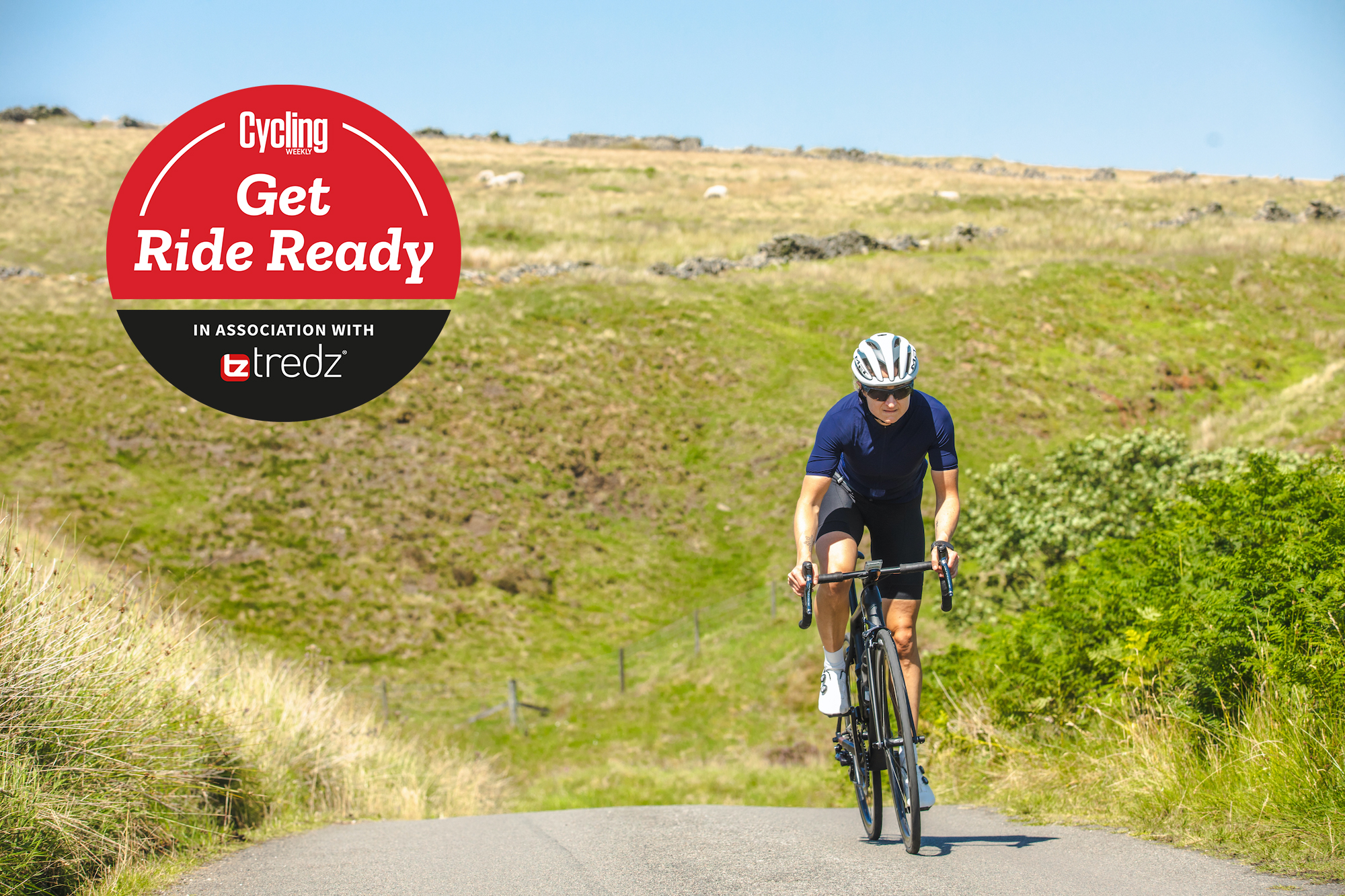 Back on your bike: what you need to enjoy longer rides
Back on your bike: what you need to enjoy longer ridesWith warm weather ahead, it is time to get back on the bike and indulge in long-distance rides this year, in association with Tredz
By Paul Knott
-
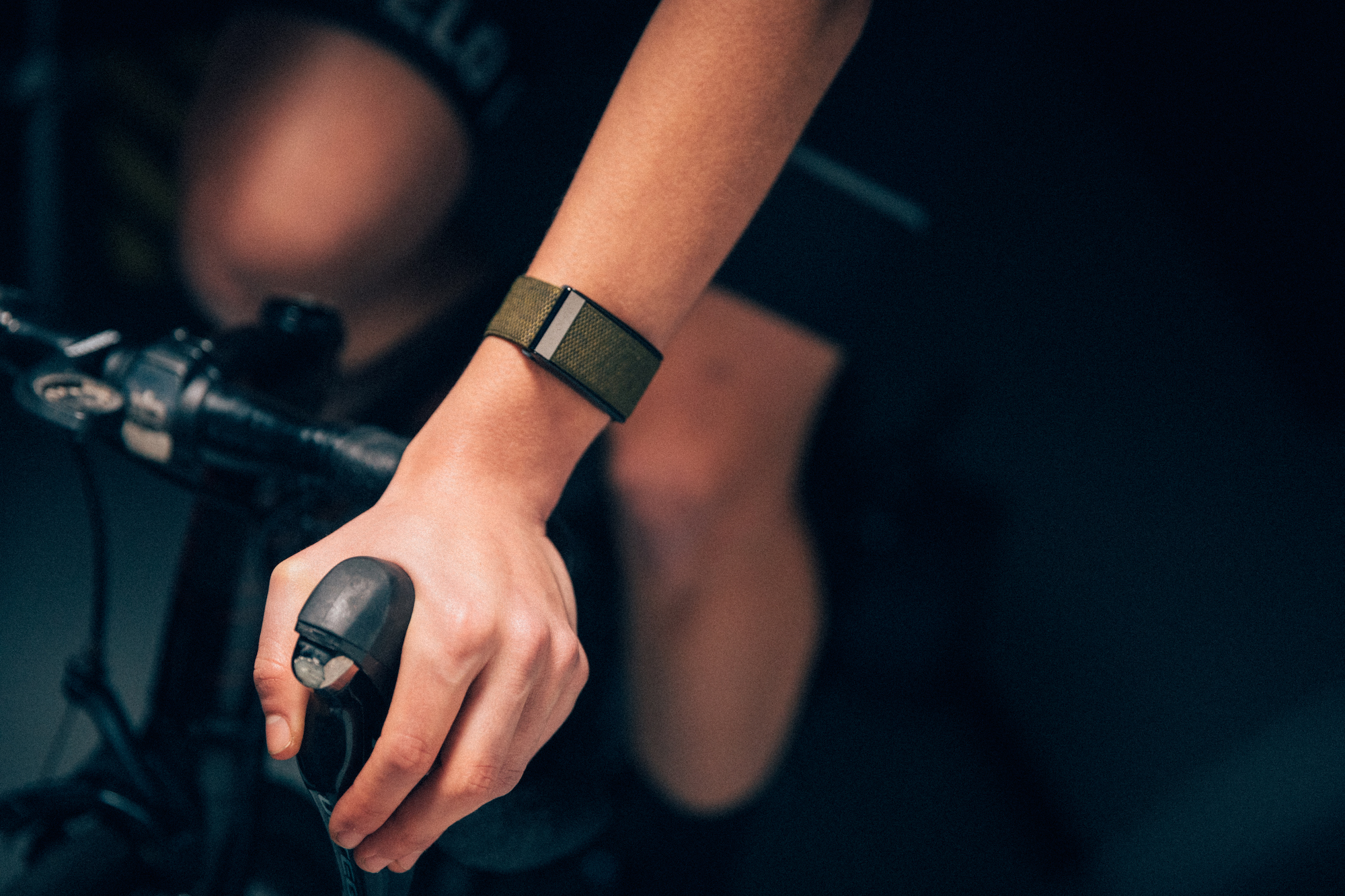 What is the WHOOP Strap 3.0 and why it’s built for the ultimate cycling performance?
What is the WHOOP Strap 3.0 and why it’s built for the ultimate cycling performance?The name WHOOP has been appearing across the cycling world in recent months, as one of the most popular pieces of fitness wearable tech available for cyclists right now.
By Alex Ballinger
-
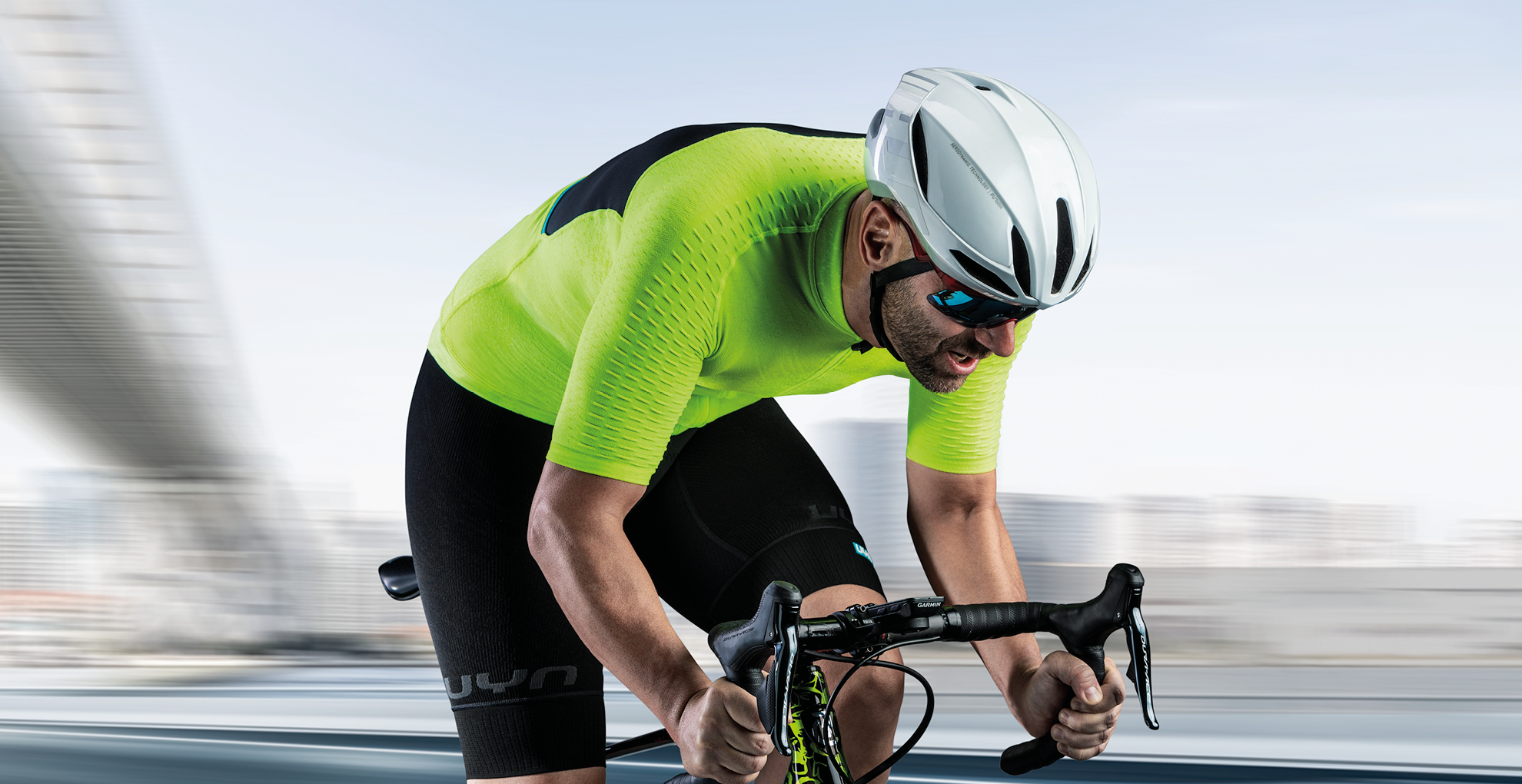 UYN’s revolutionary kit: aero, high performance and natural
UYN’s revolutionary kit: aero, high performance and naturalUYN presents an innovative new cycling kit woven with the latest technology and high-performance fabrics, for the ultimate blend between comfort and sustainability in the new AIRWING shirt and RACEFAST bib shorts.
By Cycling Weekly
-
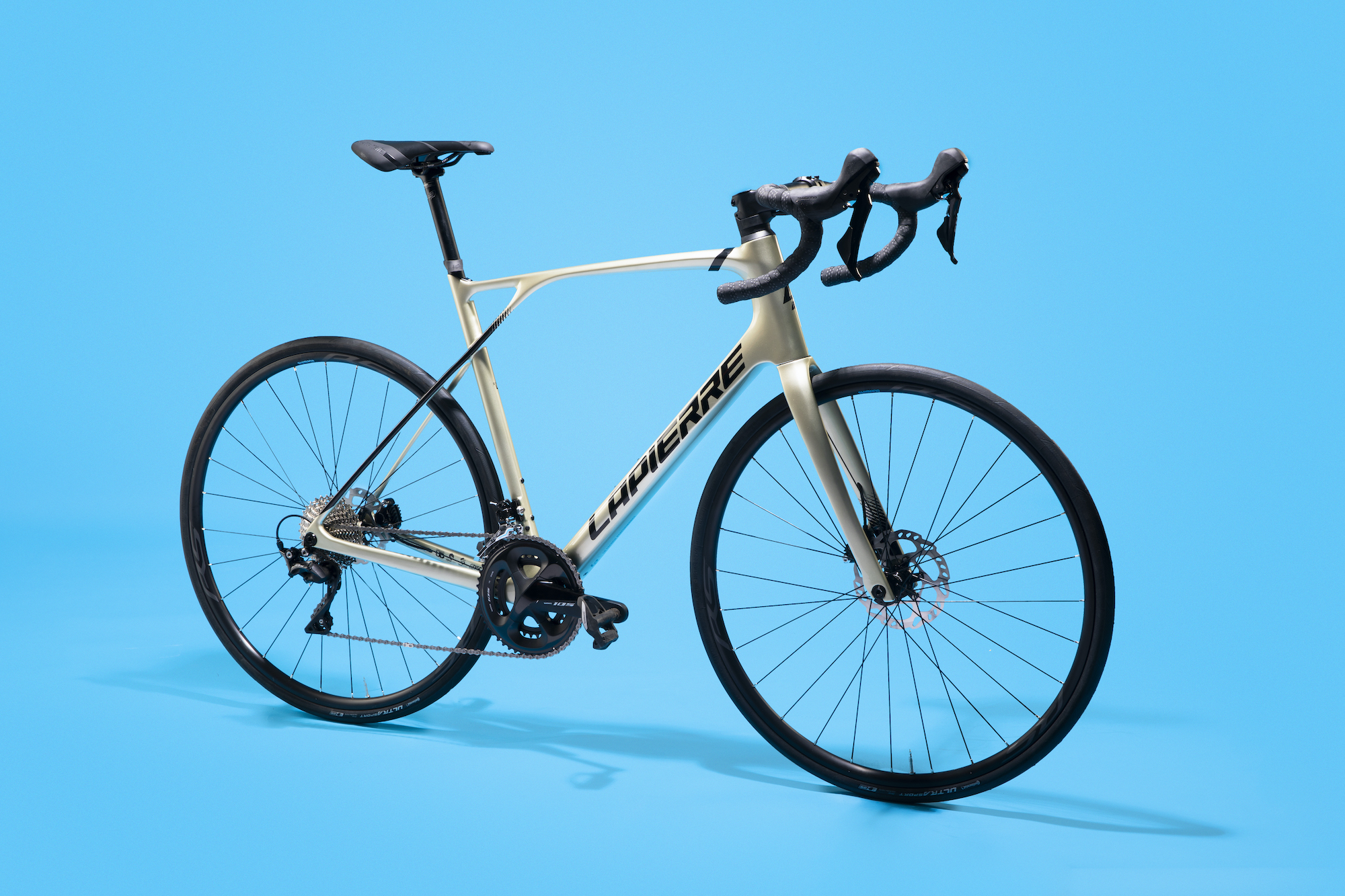 New Lapierre Pulsium increases tyre clearance and ride comfort
New Lapierre Pulsium increases tyre clearance and ride comfortLatest Lapierre endurance machine is designed for rough roads
By Paul Norman